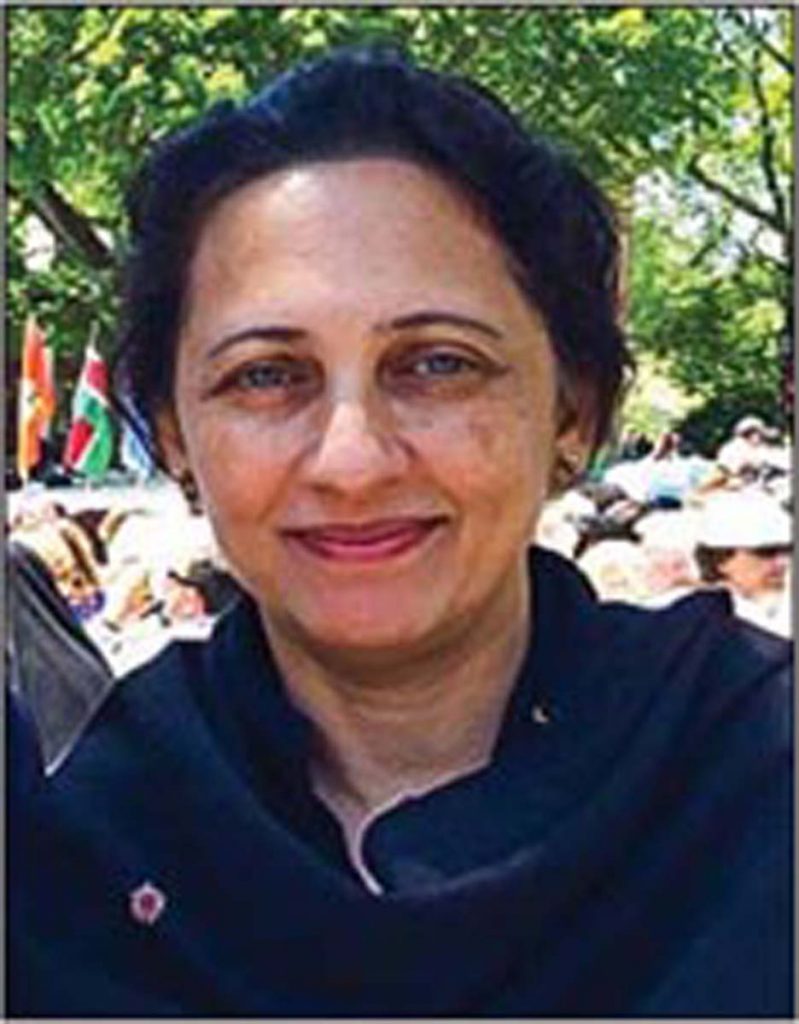A reminder of the original application and
purpose of this ancient system of self-improvement
By Anjani Gharpure

What is yoga? is it about improving flexibility, relieving symptoms of osteoarthritis, diabetes and depression? Is it a cure for insomnia, a method for toning our bodies, a means to look good? Is this the understanding that we have and that we want to pass on to future generations? Could this tradition—handed down to us from ancient times—really only be about postures, physical beauty, fitness and maybe temporary peace? There must be a subtler, more profound purpose.
Yoga is a science of right living to be incorporated in all areas of our daily life—physical, psychological and spiritual. A life of yoga is a life of training—first of the body and breath and then of the distracted mind. Finally, it is an art of delving deeper within our being. True yoga is about evolution. It is about gaining maturity. It is about moving from functioning at the instinctive level, to eventually leading a moral life. It is about becoming a mature person, ready to discover the essence of our own existence.
Are we really practicing true yoga today? The common physical practice of hatha yoga postures, asana, is not the goal of the system; it is a tool to lead one towards yoga’s spiritual dimensions, to help straighten and master the mind. Over the last few decades this ancient science has increasingly been prescribed for its side effects (physical fitness and wellness), while its real goal is usually ignored. Without the greater goal of personal evolution, yoga is incomplete. Yoga is a multi-billion dollar industry in the Western world, and most yoga teachers get their training and certification from agencies based in the US. Such programs generally do not have the means, will or expertise to delve systematically into yogic philosophy, largely because of conflicting interests and a resistance to exploring scripture-based teachings. The result is that while many instructors call themselves “yogis,” few know the essence of yogic philosophy as found in Patanjali’s Yoga Sutras and elsewhere.
As the Upanishads point out, “Peace cannot be created; peace is your natural state. You create agitation and disturb peace. Where is the agitation created? In the mind. You keep giving momentum to thoughts because you do not have mastery over the mind.” The mind is the world, and the world is the mind. All problems, all conflicts arise because of a disturbed mind. The mind is our link to the world outside of our body as well as a link to our own inner peace. When disciplined and regulated a once wandering mind becomes calm, focused and ready to handle the stresses of everyday life.
To master the mind you must go beyond the physical aspects of yoga and learn the philosophy behind it—the wisdom of yoga as taught by the saints and sages and presented in the Yoga Sutras. The philosophy of yoga is a sophisticated psychological analysis of the human mind. It teaches a person to rein in and discipline themselves to find peace, to find beauty and fall in sync with life’s rhythms. These philosophical teachings help one to understand and manage the emotions, improve focus and develop peace. Such a path is greatly pertinent in this day and age, especially when shrinking attention spans, cognitive deficits and shallow thinking increasingly rule.
If we attend yoga classes, we ourselves need to understand the deeper philosophical tenants and speak up when we notice distortion of philosophy or of the Sanskrit language. If we at least request that instructors undergo proper study of the philosophy behind yoga and of the Sanskrit language, we will have helped tremendously in keeping yoga complete for future generations.
Anjani Gharpure is a yoga teacher and author in New Jersey, US, who has been actively involved in teaching Hindu philosophy at various yoga certification programs. yogatomasterthemind.com
